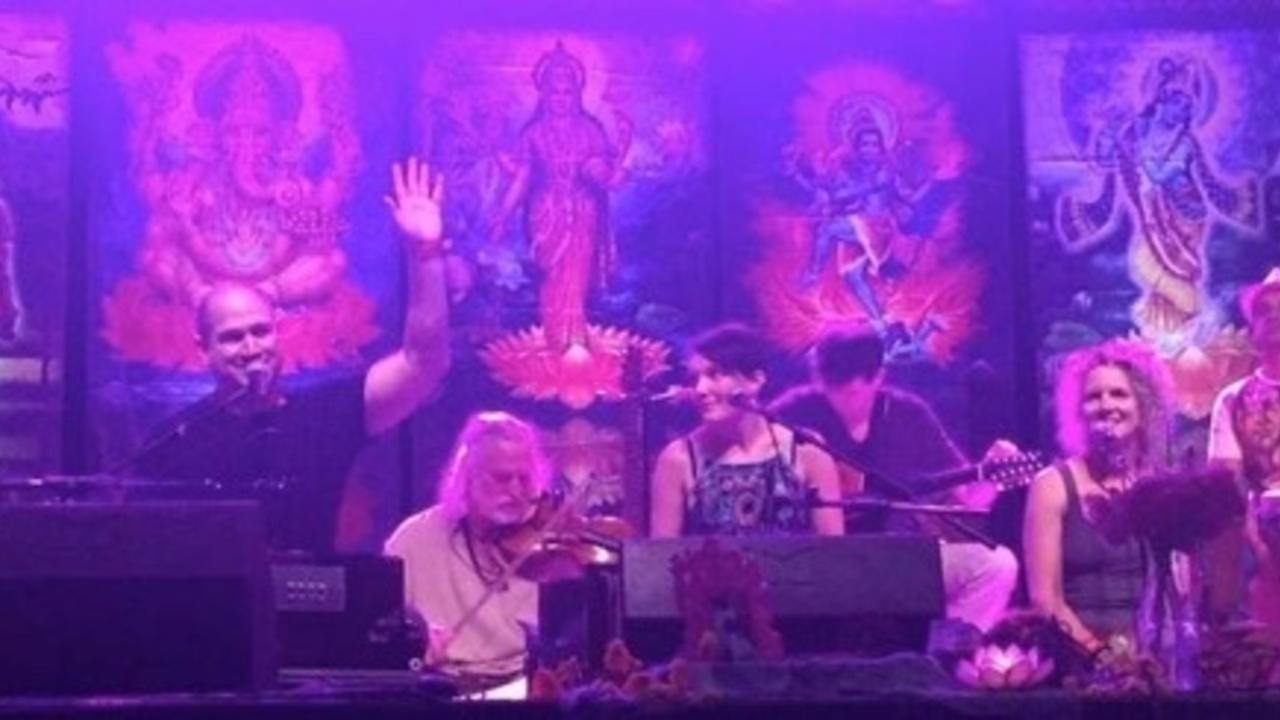Six Ways to be In Relationship with Kirtan

I have been collecting blog post ideas for several years and am grateful I’m starting to have time to write and share them. Stay tuned!
How can we be in relationship with the practice of Kirtan?
I see six ways. If you identify others, please shoot me an email at [email protected]
- Participant – you enjoy being in the audience.
- Response singer – you love leading the response.
- Kirtan Leader – you lead call and response Kirtan.
- Mantra Music Leader – you blend English songs with call and response chanting.
- Bhajan Leader – rather than chanting short phrases with others (i.e, Kirtan), you preach to the choir, singing paragraphs of Sanskrit prayers together or in call and response fashion.
- Performer – you sing/chant while others watch and listen.
Each of these 6 ways has its own particular style, sensibility and person who is an exemplar. Let’s go a little deeper.
- Participant – when was your first chant experience? Who was it with? For me, it was an amazing yoga teacher in Ohio who loved to chant. After that, New Years 2003 in Miami with Siddha Yoga. This led to a whole lot of music via CD’s and powerful experiences at Omega Sacred Chant Festivals. We all start here! It would definitely be putting the cart before the horse if we started leading Kirtan before experiencing the benefits of being a chant participant.
- Response singer – I’ve worked with some amazing response singers who love being in this role. Response singers serve as a bridge from chant leader to audience. In many ways, response singers “lead” the response, while responding to the chant leader. This is a fun, challenging and important role!
- Kirtan Leader – you lead the chant, sharing short, repetitive Sanskrit mantras in call and response fashion. Super fun! The challenge is embodying singing and playing an instrument, while still having enough attention left connect with your drummer, response singer, musicians and the audience… AND to feel into the energy of the chant to see where it wants to go musically and energetically. I love being in the role of chant leader – it’s where I feel most at home.
- Mantra Music Leader – this role involves blending Sanskrit mantras with English songs – either originals or covers. I almost always chant in Sanskrit. However, some of our longtime Kirtan Leader Institute students are skilled at “mashing up” pop/rock songs with Sanskrit Mantras. David Newman does a wonderful job doing the same with his original singer-songwriter songs (in English), as does Donna DeLory and many others.
- Bhajan Leader – this role often belongs to those who chant within a specific lineage. Rather than chanting a short phrase (Kirtan Leader), Bhajans are a paragraph (or more!) of Sanskrit. Think the Hanuman Chalisa. Or, the many long and involved mantras sung in ashrams or at Hindu temples. Chants from India – by Ravi Shankar and produced by George Harrison – is a beautiful recording that shares long, involved mantras. Check it out… it’s stunning. I’m happy to avoid the responsibility for guiding others into chanting such complicated phrases!
- Performer – if you are a highly accomplished singer you might step into the role of performer. In this role you sing (in English or Sanskrit) while others listen. One chant leader who steps into this role beautifully is my dear friend Irene Solea. Deva Premal is another.
Which roles do you step into? Which do you aspire to step into?
In our KLI training programs we create the opportunity for Kirtan Leaders to step into each of the first four roles. Standing in the roles of participant, response singer, Kirtan Leader and Mantra Music Leader invites a deep understanding of how our leadership can contribute most powerfully to other’s chant experience.
UPDATE
In a coaching session this week I identified an additional way to organize around the practice of sharing music and mantra within a group setting. “Mantra practice” involves long repetitions of mantras of moderate to long length that are broken down into sentence sized chunks. This allows chanters to drop in and go deep with a mantra that is often quite simple musically, yet works with a complex set of mantras (lyrics). A masterful practitioner of this approach is my friend Suzin Green. Check her out!



